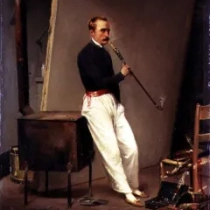 1789 - 1863
academic classicism
1789 - 1863
academic classicism
Description Horace Vernet
Horace Vernet, born on June 30, 1789, into a family deeply entrenched in the arts, became a prominent French history painter and a pivotal figure in the Romantic movement. His artistic journey unfolded against the tumultuous backdrop of revolutionary and Napoleonic France.
From a young age, Vernet displayed a prodigious talent, learning under the tutelage of his father, Carle Vernet, a renowned painter. Initially drawn to equestrian and military subjects, Vernet's early works reflected his fascination with the Napoleonic campaigns and the heroic imagery associated with them.
As the son of an established artist, Vernet inherited a connection to the prestigious École des Beaux-Arts, where he honed his skills. His early success in depicting military scenes garnered favor from both the public and the political elite. Vernet's art captured the fervor of the era, portraying battles with a blend of realism and patriotic idealism.
Despite being associated with military subjects, Vernet's oeuvre extended beyond warfare. His versatile talent embraced history painting, genre scenes, and portraiture. Vernet's works, including "The Massacre at Chios," showcased his ability to infuse historical narratives with emotive depth and social commentary.
Vernet's career flourished under the patronage of Louis-Philippe, the "Citizen King," and his reign marked a zenith for the artist. Commissioned to decorate the Palace of Versailles, Vernet's grandiose compositions, like "The Battle of Isly," celebrated French military achievements while contributing to the artistic legacy of the palace.
The changing political landscape, however, posed challenges. With the advent of the Second Republic, Vernet's royal connections waned. Despite this, he continued to paint prolifically, adapting to new subjects and exploring Orientalist themes.
Horace Vernet passed away on January 17, 1863, leaving behind a legacy that mirrored the tumultuous epochs of French history. His ability to navigate shifting political landscapes, coupled with a mastery of diverse genres, solidified his place as a key figure in 19th-century French art. Vernet's paintings, with their dynamic energy and historical significance, continue to resonate as both visual records and artistic expressions of a nation in flux.
Gallery
Paintings Horace Vernet
F.A.Q Section
"The Battle of Jena" (1806): Depicting the Napoleonic battle of Jena, showcasing Vernet's early interest in military subjects.
"The Duke of Enghien's Execution" (1822): A powerful portrayal of the controversial execution of Louis Antoine, Duke of Enghien, during the Bourbon Restoration.
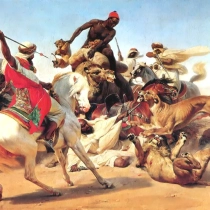


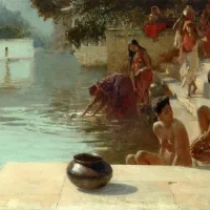
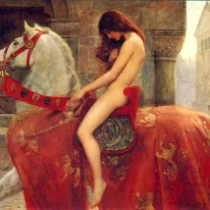

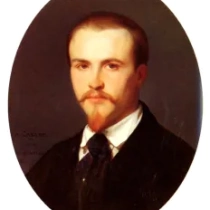
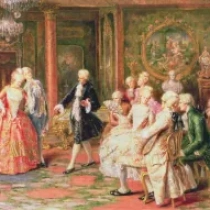

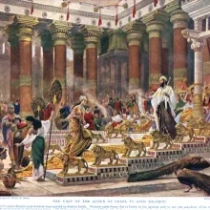




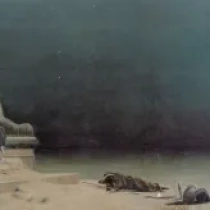
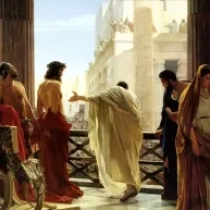




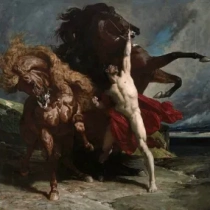
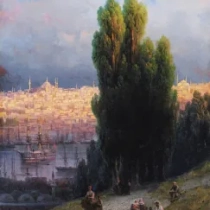


No Comments Yet...